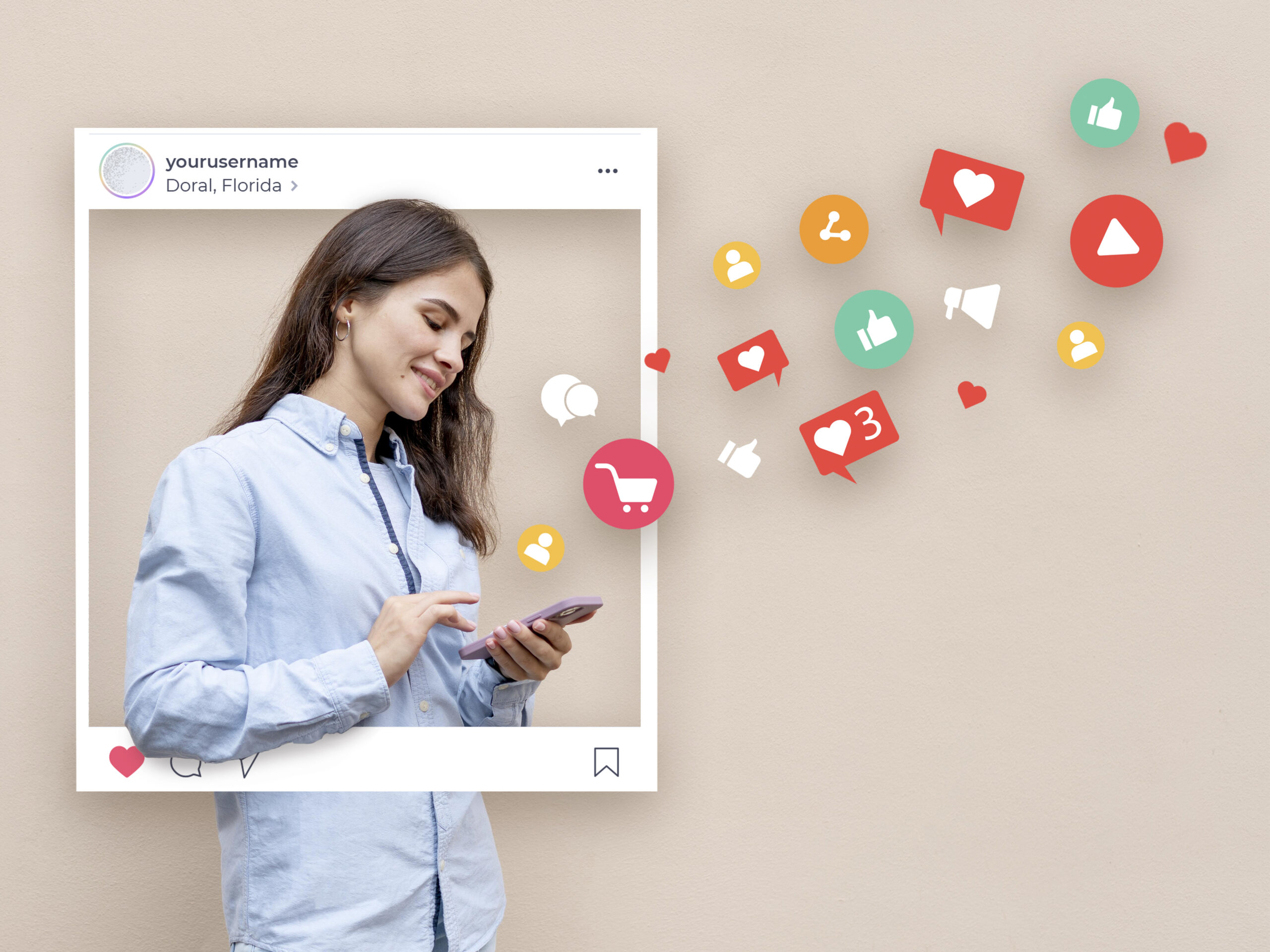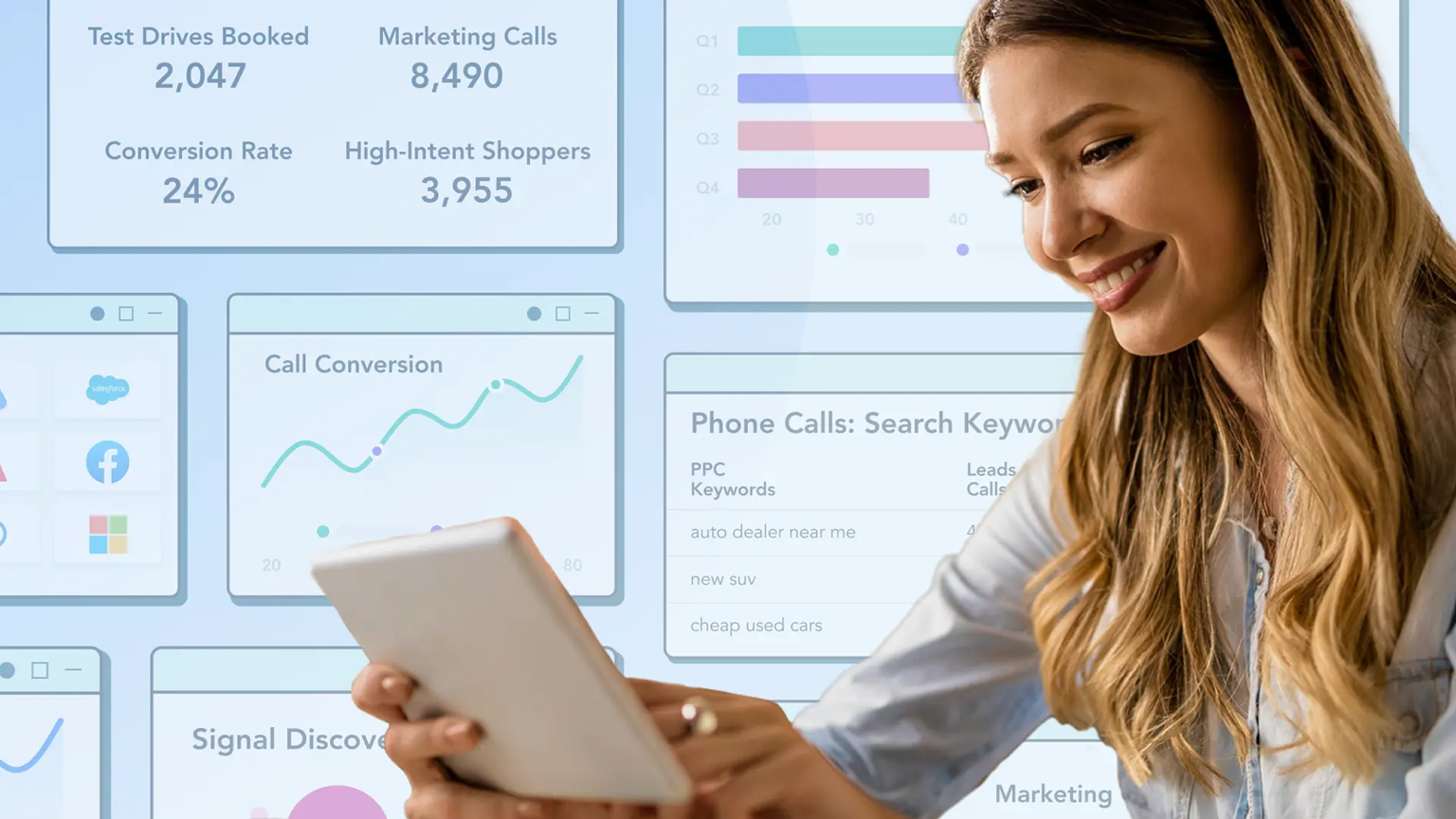Influence marketing has become one of the most effective strategies for brands aiming to expand their reach and engage new audiences. Choosing the right influencers is essential to ensure that the brand’s message is conveyed authentically and resonates with the target audience. With so many content creators available, identifying the ideal influencer for your business can be challenging.
1. What is influence marketing?

Influence marketing involves partnerships between brands and digital influencers to promote products or services. Influencers have an engaged audience, and by recommending a brand, they can influence the purchasing decisions of their followers. This strategy’s effectiveness lies in the trust that followers place in these content creators.
Types of influencers:
- Nano-influencers: Up to 10,000 followers; niche-oriented with high engagement.
- Micro-influencers: Between 10,000 and 100,000 followers; excellent relationship with their audience.
- Mid and macro-influencers: From 100,000 to 1 million followers; significant impact.
- Mega-influencers and celebrities: Over 1 million followers; vast reach, but with less closeness to their audience.
2. Why choosing the right influencers is essential
Selecting the right influencers is crucial for your campaign to reach the desired audience and generate meaningful results. A poorly planned partnership can not only hurt campaign performance but also harm the brand’s image.
Benefits of choosing the right influencers:
- Greater authenticity: When there is alignment between the influencer and the brand, the message is more natural.
- Real engagement: Influencers with genuine followers have a stronger impact.
- Optimized ROI: Effective campaigns improve return on investment.
3. How to choose the right influencers for your brand

3.1. Understand your target audience
The first step is to understand who your company wants to reach. Identify demographics, behaviors, and preferences. This will help you find influencers who speak directly to the audience you want to attract.
Practical tip: Use analysis tools, such as Google Analytics and social media data, to clearly define your target audience.
3.2. Alignment of values and purpose
Choose influencers who share the same values and purpose as your brand. This ensures that the partnership is consistent and well-received by the audience, avoiding potential image crises.
Example: A sustainable cosmetics brand should look for influencers who promote eco-friendly practices and conscious consumption.
3.3. Evaluate engagement, not just follower count
Engagement is a key metric when selecting influencers. A high follower count doesn’t always mean greater impact. Likes, comments, and shares demonstrate the real involvement of the audience.
Useful tools:
- HypeAuditor: To analyze engagement and authenticity.
- Social blade: To evaluate follower growth.
Tip: Prioritize influencers with authentic engagement, avoiding profiles with fake followers.
3.4. Niche and relevance to your product
Choose influencers who operate in niches relevant to your product or service. The more segmented the influencer’s audience is, the more accurate the campaign will be.
Example: A fitness store should seek influencers in the health and wellness niche.
3.5. Check the influencer’s reputation
It’s important to ensure that the influencer has no history of controversies that could damage your brand’s image. Research previous posts and evaluate the creator’s online behavior.
Tip: Use Google and social media to check the influencer’s reputation.
4. Types of influence marketing campaigns
4.1. Sponsored posts
These are posts where the influencer promotes a product or service, usually with clear mentions that it is sponsored content.
4.2. Exclusive discount codes
Offering a personalized discount code for the influencer’s followers is an excellent way to measure the campaign’s impact.
4.3. Giveaways and contests
Giveaway campaigns increase engagement and visibility, attracting new followers to the brand and influencer alike.
5. How to measure campaign impact

Measuring performance is essential to understanding the return on investment (ROI) of the influence marketing campaign.
Key metrics to monitor:
- Engagement: Likes, comments, and shares.
- Conversions: Number of sales or leads generated.
- Reach: Number of people impacted by the campaign.
- ROI: Comparison between investment and returns achieved.
Tip: Use UTM links to track campaign conversions in platforms like Google Analytics.
6. Tips for negotiating and working with influencers
Clear, objective negotiation is essential to ensuring a successful partnership. Set expectations from the beginning to avoid misunderstandings.
What to consider in negotiation:
- Clear briefing: Explain the campaign’s objectives and guidelines.
- Schedule: Establish posting dates.
- Metrics and reports: Request reports to track performance.
Tip: Build long-term relationships with influencers to generate trust and achieve better results.
7. Examples of successful campaigns with influencers

Many brands have successfully utilized influence marketing. Here are some examples:
- Airbnb: Partnerships with travel influencers to promote unique experiences.
- Daniel Wellington: Watches promoted by fashion and lifestyle influencers.
- Coca-Cola: Campaign with micro-influencers to strengthen local engagement.
Choosing the right influencers for your business is essential for successful influence marketing campaigns. Aligning the brand’s purpose with the influencer’s audience is key to ensuring authenticity and impact. By following the tips presented in this post—such as analyzing engagement, relevance, and reputation—you will be prepared to maximize results and create lasting and effective partnerships.
Influence marketing is a powerful tool but requires strategic planning and constant monitoring. With the right partnerships, your brand can expand its reach, gain new customers, and strengthen its market presence.
Frequently asked questions (FAQ) on influence marketing
What is influence marketing?
Influence marketing is the strategy of promoting products or services through partnerships with digital influencers who have an engaged audience.
How do I choose the ideal influencer for my brand?
Choose influencers who align with the brand’s values, have high engagement, and are relevant to the niche your product operates in.
What is more important: follower count or engagement?
Engagement is more important than follower count, as it indicates the real involvement of the audience with the content.
How do I measure the success of a campaign with influencers?
Use metrics such as engagement, conversions, reach, and ROI to evaluate the campaign’s performance.
What types of campaigns are most effective with influencers?
Campaigns that include sponsored posts, exclusive discount codes, and giveaways are highly effective for increasing engagement and conversions.




